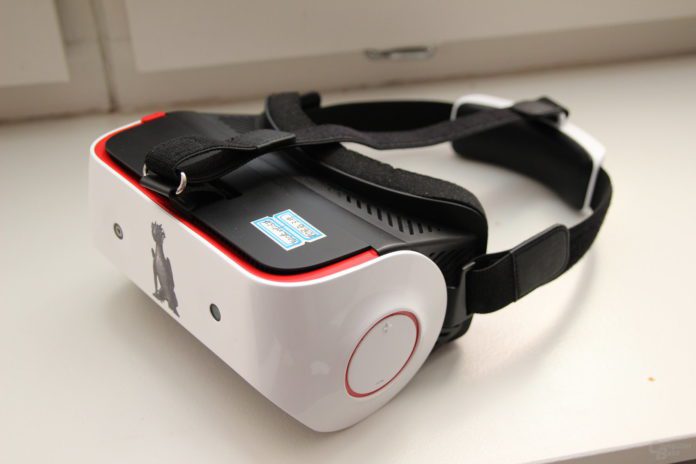Moore’s Law states that the processing power of computers will double every two years. Chip manufacturers have used Gordon Moore‘s observation as a goal since it was coined in 1975, although the law is considered dead now. The more processing power you have, the more power technology can deliver in smaller packages. Cell phones going from thick pocket bricks to the sleek mini-computers we have today is just one example. In fact, the entire mobile game industry has Moore to thank. Wireless VR headsets could be next in line.
Why Should We Care?
Head-mounted displays (HMDs) have always either needed a PC or a smartphone to work.
PC-powered virtual reality caters to gamers, featuring high-quality immersion shooting zombies or exploring the ocean blue. The downside is that users need a powerful PC they have to remain tethered to. There have been steps to provide PC-powered VR users with a wireless experience, but that project is still in its early stages.
Smartphone-powered virtual reality, on the other hand, is the lower-quality option. Google Cardboard is affordable, and users can watch 360 degree videos on the YouTube app, or take VR photos that also record the sounds of a scene. Unfortunately, a smartphone-powered VR user has to have a phone capable of running these programs.
I own a Google Cardboard myself, but my cell phone just barely beats out a flip phone. Right now, the Cardboard makes for nice desk decoration.
Standalone Wireless VR Headsets for VR Workouts
Qualcomm and Alcatel have both created wireless VR headsets that don’t rely on a PC or a smartphone to work. These products are meant to bridge between the high-end and low-end VR experiences the two options currently provide. Users won’t need to invest in a gaming computer, nor do they have to make sure their phones can handle VR apps. The standalone HMDs don’t force your PC or computer to play two roles at once.
So what does this have to do with your workout? The technology as it is right now is ideal for VR fitness: light, wireless, and compact. These are also words that can describe the phone in your pocket right now. Light enough so it won’t bother you, untethered so you won’t get tangled in any wires, and portable enough to take with you anywhere.
Standalone HMDs can also go a long way in proving that VR fitness doesn’t have to be expensive. For example, the Oculus Rift may cost $600, but that price doesn’t include the computer you would need to use it. Qualcomm and Alcatel’s products, while they are prototypes, would lower that barrier to entry.
– Osmond Arnesto
Have you seen a really cool VR experience that you think we need to know about? Leave a comment below so we can check it out!



Comments are closed.